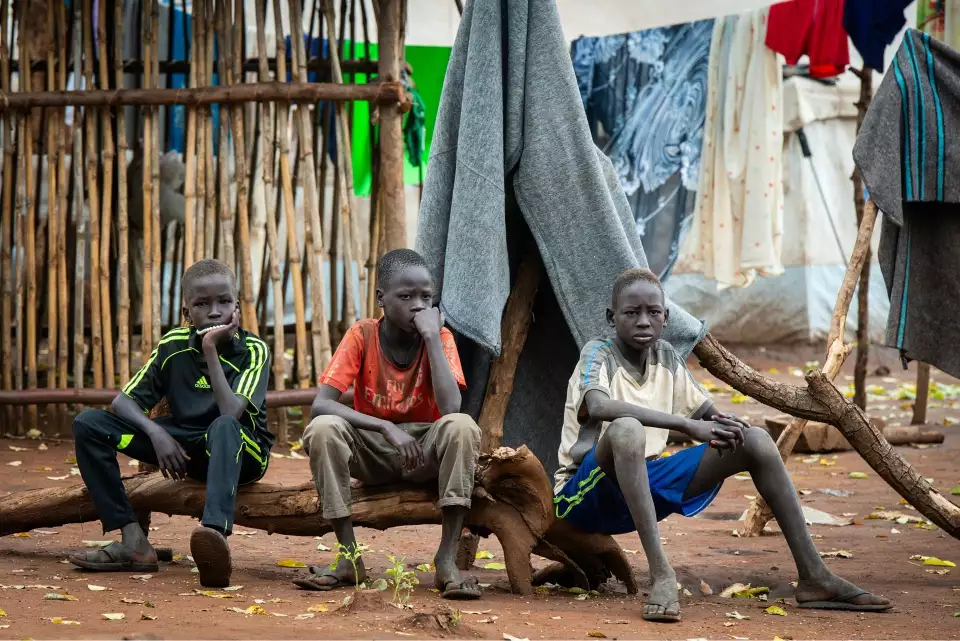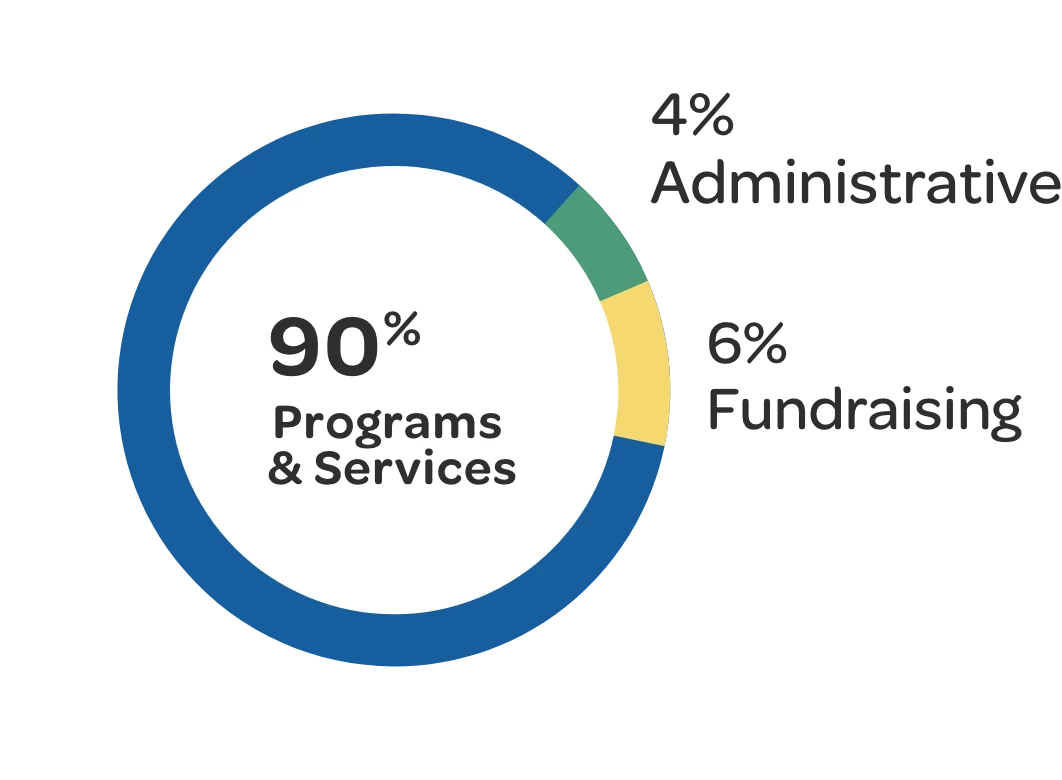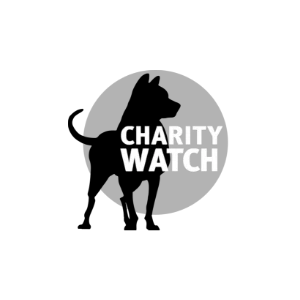Today, approximately 831 million people are living in extreme poverty, surviving on less than US $3.00 per day. Roughly 3.5 billion people, or about 44% of the global population, live on less than US $6.85 per day. Many factors drive these persistent cycles of poverty: inequality, climate change, corruption, conflict, and lack of opportunity are key among them. Poverty itself is a complex, broad experience, and in order to understand its effects on individuals and communities, it is often classified into several categories.
There are several degrees of poverty throughout the world:
Transient (Occasionally Poor) Poverty: Most people at this level experience occasional instances of poverty. This means that in most cases, they may be above the poverty threshold but if unexpected events, such as medical emergencies, occur it can potentially push them beyond their means.
Cyclically Poor: This is poverty that affects individuals in waves. This is similar to transient poverty, but when it strikes a person it is far more severe. This is common in communities that rely on agriculture as both their primary source of income and food source.This group is especially vulnerable in between seasons or if a harvest is unsuccessful.
Usually Poor: People at this level of poverty experience the opposite of those at the transient poverty line. Usually, they remain below the poverty line and occasionally rise above the line, perhaps due to a short-term job.
Always Poor: This group of people experience poverty for extremely long periods of time, in some cases throughout generations. This vulnerable group remains at this poverty line despite positive fluctuations in their income. This is the most extreme class as they are typically unable to rise above poverty.
How are we helping?
At Zakat Foundation of America, we are true believers in giving people access to the tools they need to support themselves. Even though people are not often given the same opportunities in life, we all have the right to live a full, abundant life. Through our sustainable livelihoods projects, which include microcredit, animal husbandry, and vocational training programs, we have uplifted communities from the depths of destitution while ensuring that their dignity has remained intact.







